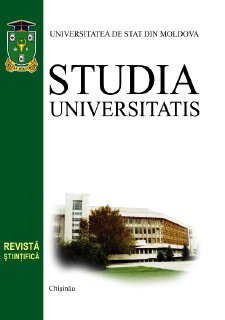SOME ASPECTS OF THE ANALYSIS OF THE RETURN ON EQUITY IN THE APPLICATION OF FACTORIAL MODELS
Alexandru TCACI Universitatea de Stat din Moldova
Аннотация
This article addresses some apparent problems in the practical application of factorial models of return on equity.
Our investigations demonstrate that the main problem lies in the interpretation of the influence of financial leverage (degreel of indebtedness). From the application of factorial models it follows that the higher the financial lever, the higher the return on equity. But in economic practice, increasing the degree of indebtedness cannot permanently con- tribute to increasing the profitability of equity because the permissible limit of the indebtedness degree may constitute no more than 70% of the total sources. Exceeding this level limits the financial independence of the enterprise, which leads to a high financial risk. In order to eliminate these problems, it is proposed to interpret prudently the economic meaning of the factors expressing the financing structure of the entity and their role in identifying the reserves for increasing the return on equity.
Keywords: analysis, factorial models, financial leverage, return on equity, solvency, financing structure, fiscal system.


